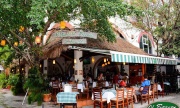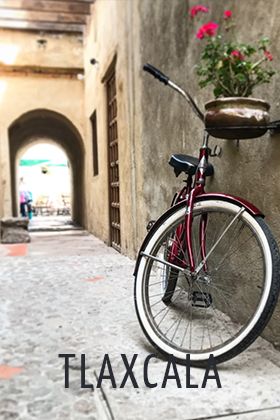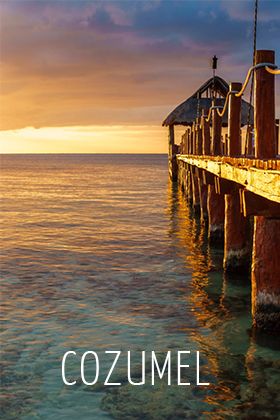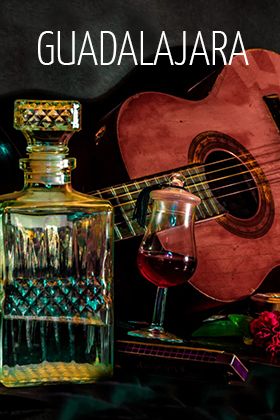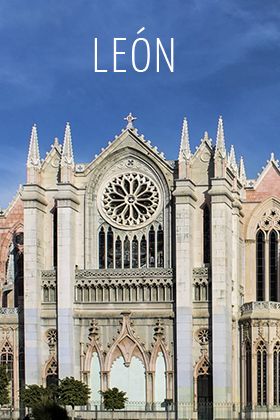Eco-tourism
by: Travel by México

Eco-tourism
by: Travel by México
The route of eco-tourism in the Yucatan Peninsula from Playa del Carmen, can start right at the heart of any Mayan Village. These are the few that still practice the ancient traditions and knowledge, passed down from generation to generation in the oral tradition all the way up to today.
We must remember that eco-tourism is not only contact with nature, but it is also the appreciation for local cultures and the biodiversity that surrounds them.
These populations are mainly settled nearby to archeological ruins that have not yet been discovered or, if they have, are preserved under the bush to avoid the environmental impact that would result in their dissemination. Some of the customs practiced by these ethnic groups are jealously guarded secrets among the jungle of the peninsula, but if you can enter into their world, you’ll be able to share in the company of its people and have an unforgettable experience. Some of the activities may include: walks in the community, trying traditional foods, and Mayan purification rituals which end the crowning experience with a temazcal bath (sweat lodge).
If you’re looking to experience an adventure of backpacking, travelers can encounter real surprises. From the dense mangrove vegetation that closes in forming the Quintana Roo jungle, emerges the unmistakable turquoise sea on the east side that is framed in by white sand beaches. It is true that many of the beaches became embraced by the modern structures of the cosmopolitan cities like Cancun, Playa del Carmen or Puerto Aventuras. But, there are many places that are still protected by the local peoples, who prefer to preserve the natural beauty and keep it available for tourist excursions that are educational and ecologically sensitive.
For these types of tours it is recommended to visit places like Punta Allen, Boca Paila, Xel-Ha, Playa Paamul and Majahual. All of these towns are located along the Riviera Maya, and all have small cabins and rooms for eco-tourism where people can stay overnight. And there is nothing better for the entire family, than a visit to a cenote under the open skies or one that is partially open. These cavities of water are crystal clear, sometimes cold, and are a great spot for snorkeling or an invigorating swim. It is recommended to restrict the use of sunscreens here, as they are harmful to the aquatic ecosystem conservation. On the other hand, your tastes may lead you to other, more extreme kinds of experiences.
To the south of Quintana Roo, between the towns of Solidaridad and Felipe Carrillo Puerto, there is a place whose name means Source of Heaven. This is Sian Ka’an, an important biosphere reserve that hosts 27 sites and Mayan ruins within its limits, plus a variety of endangered animals such as the jaguar, puma, tapir, manatee and spider monkey. There are 528,000 hectares, that since January 20, 1986 have been part of the World Natural Heritage of Humanity. This protected area covers a region where you can come in direct contact with the ecosystem, and enjoy one of its most popular activities, bird watching. It is important to note that all of the above mentioned activities are available to the general public, but it is always better to go with a professional operator specializing in tours of this type.
They will provide the information and advice necessary for you to experience an unparalleled journey.




